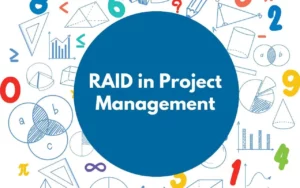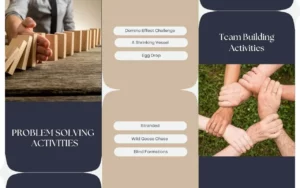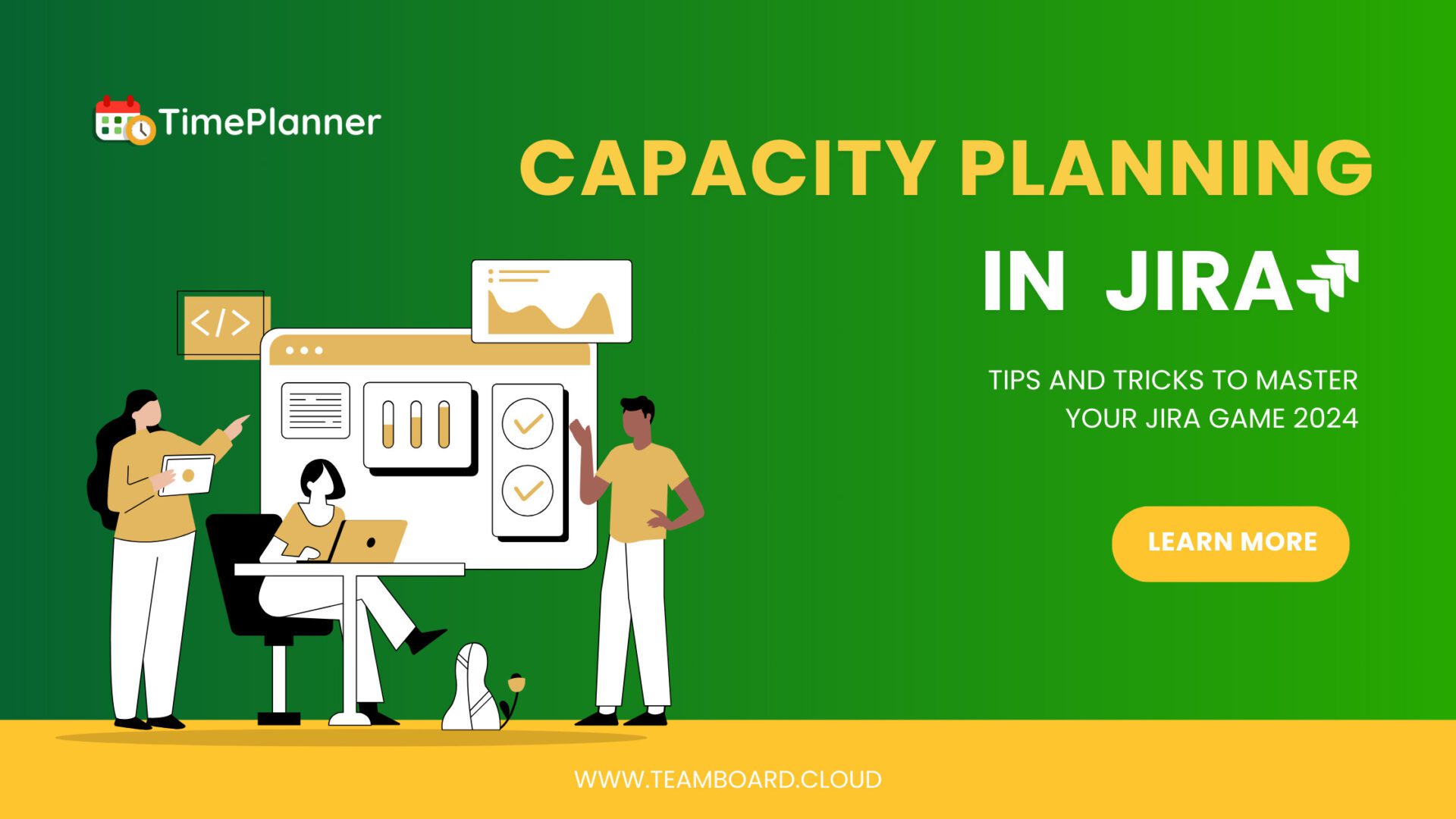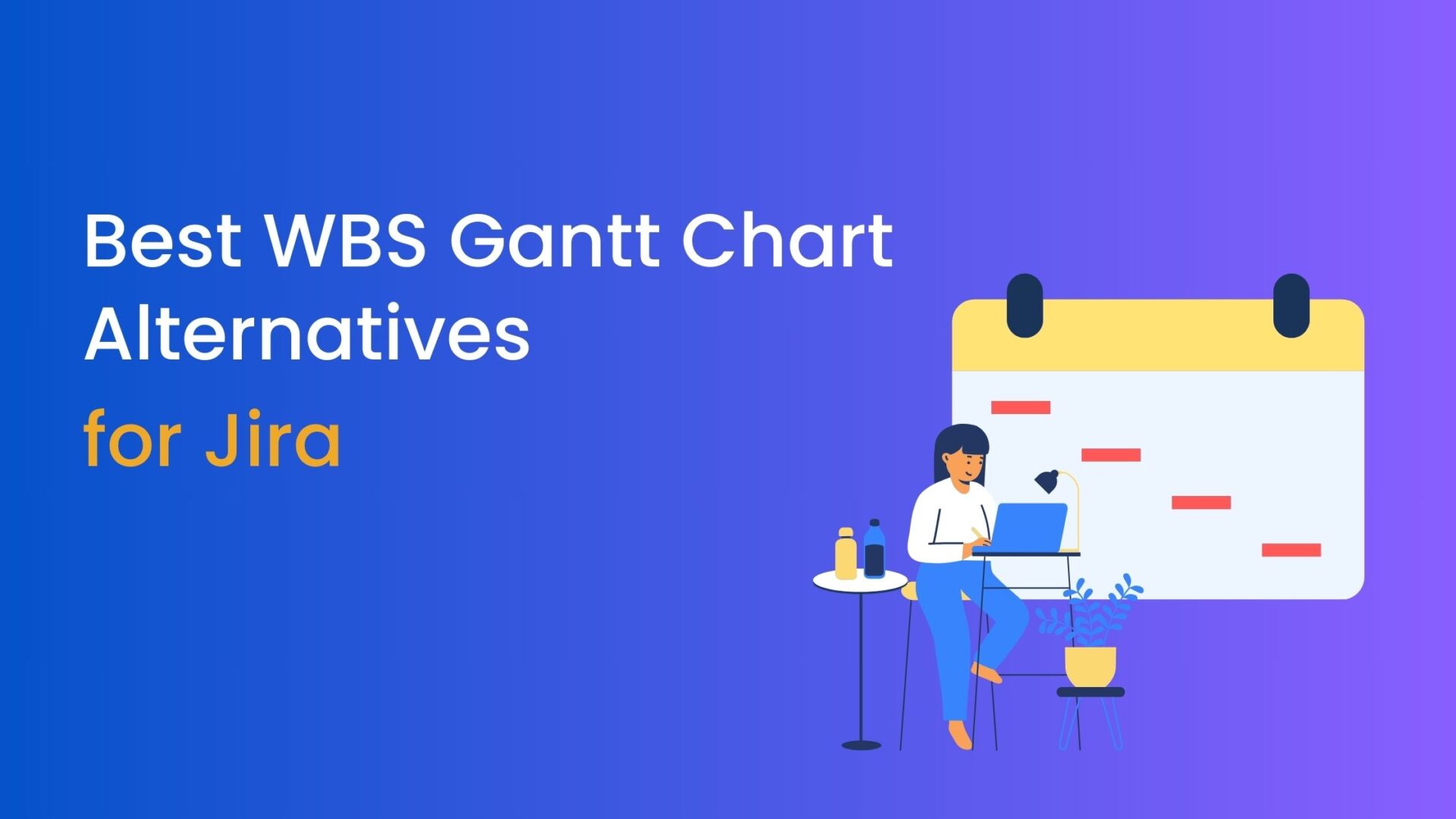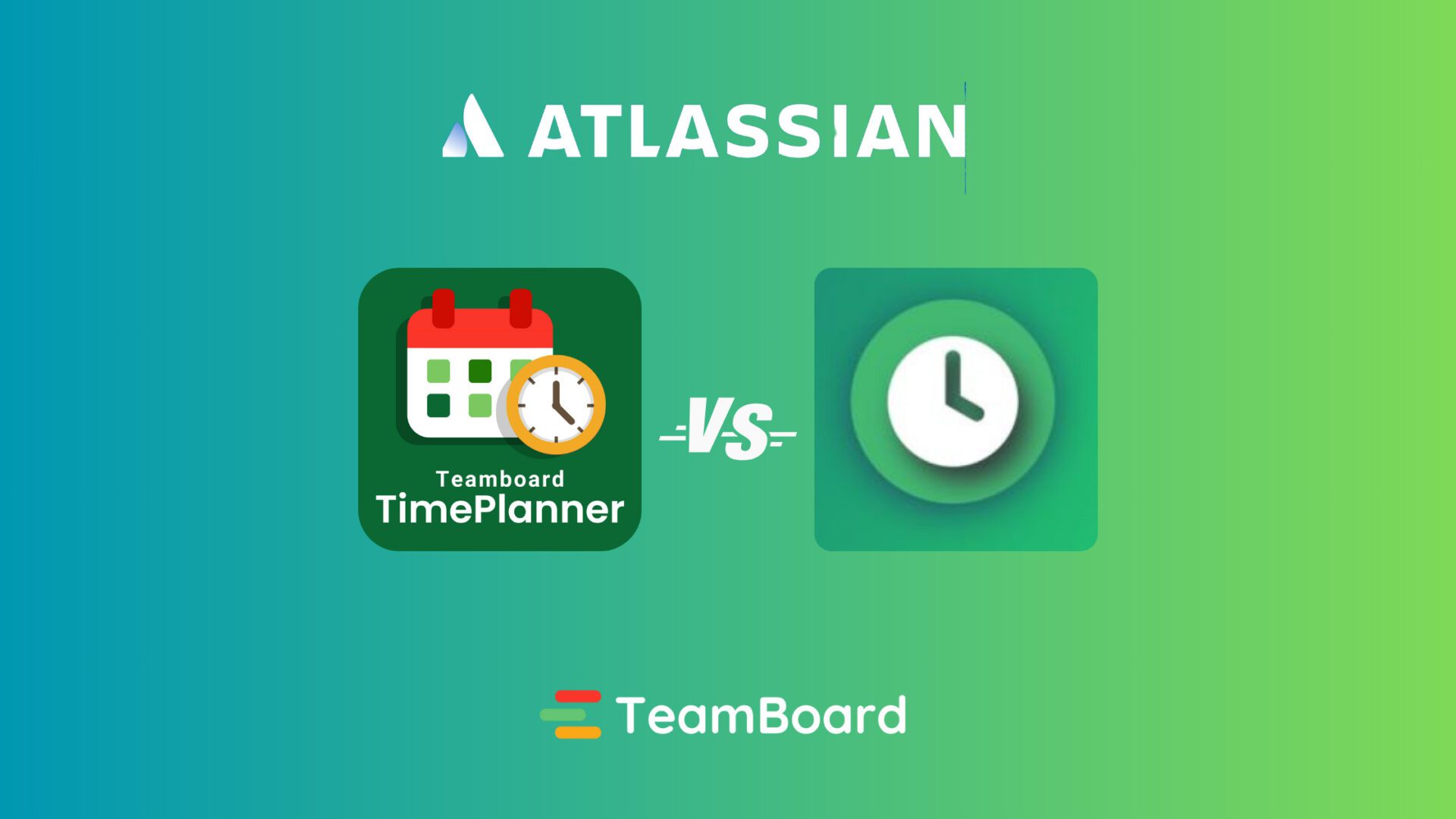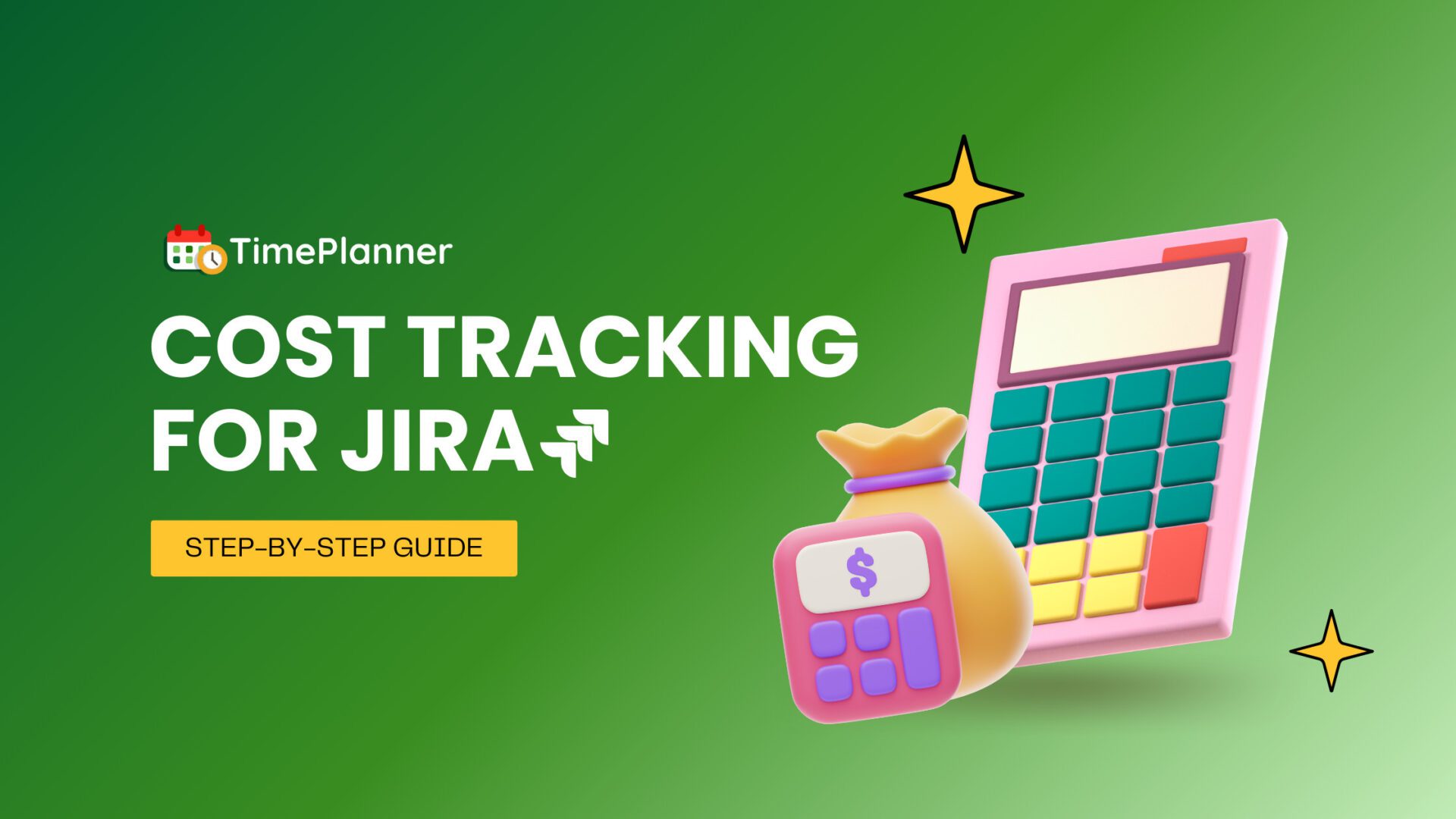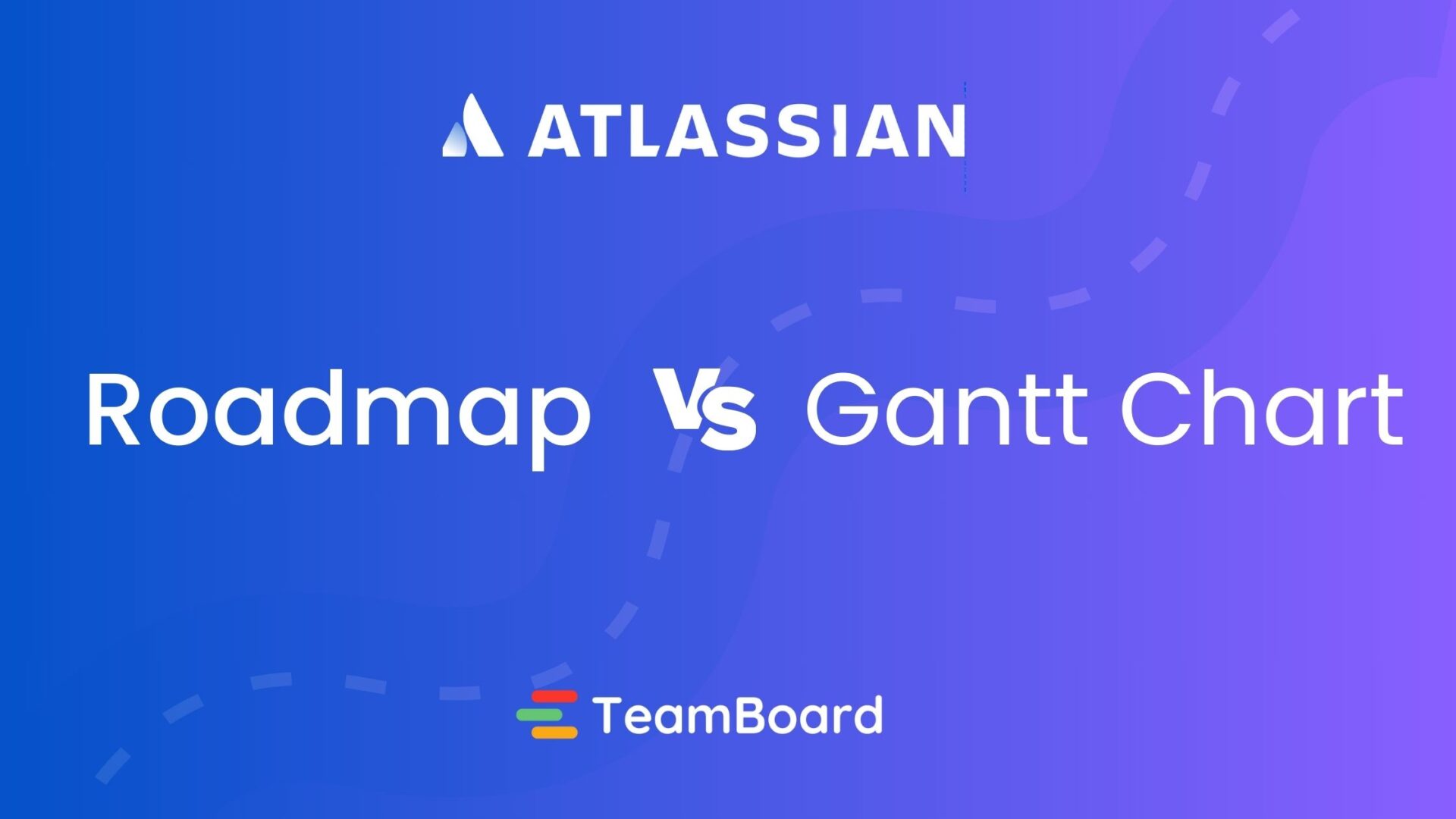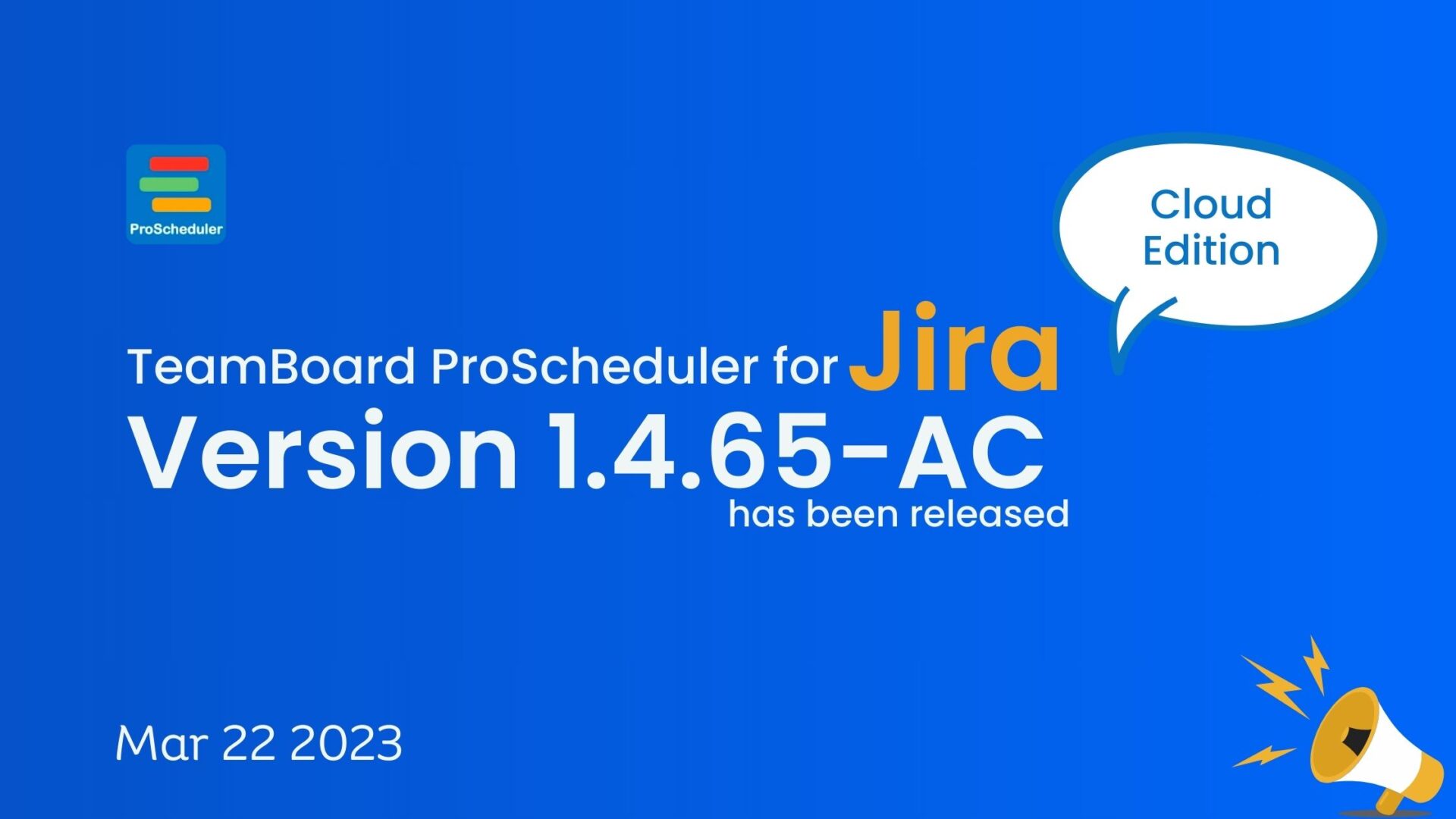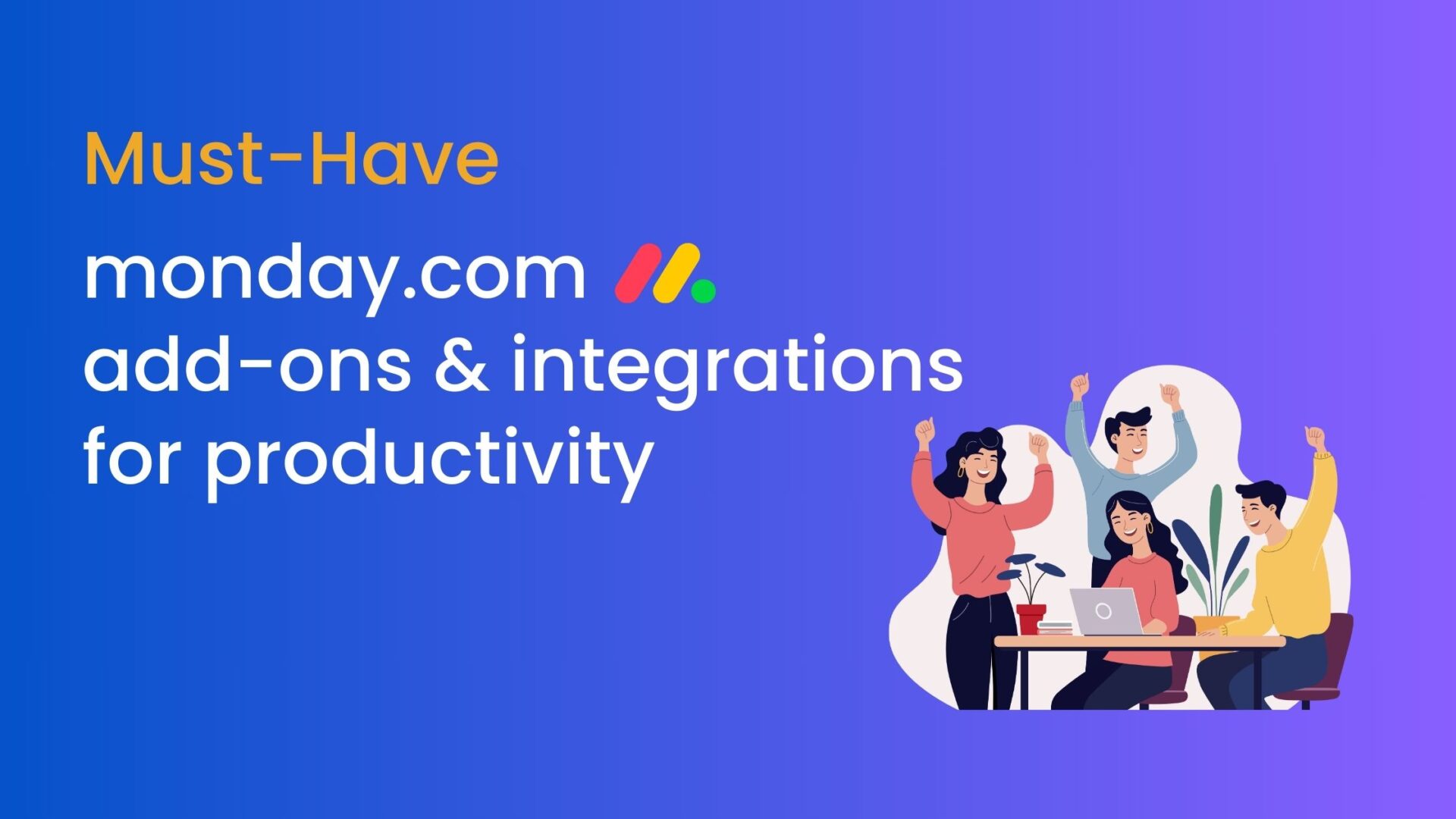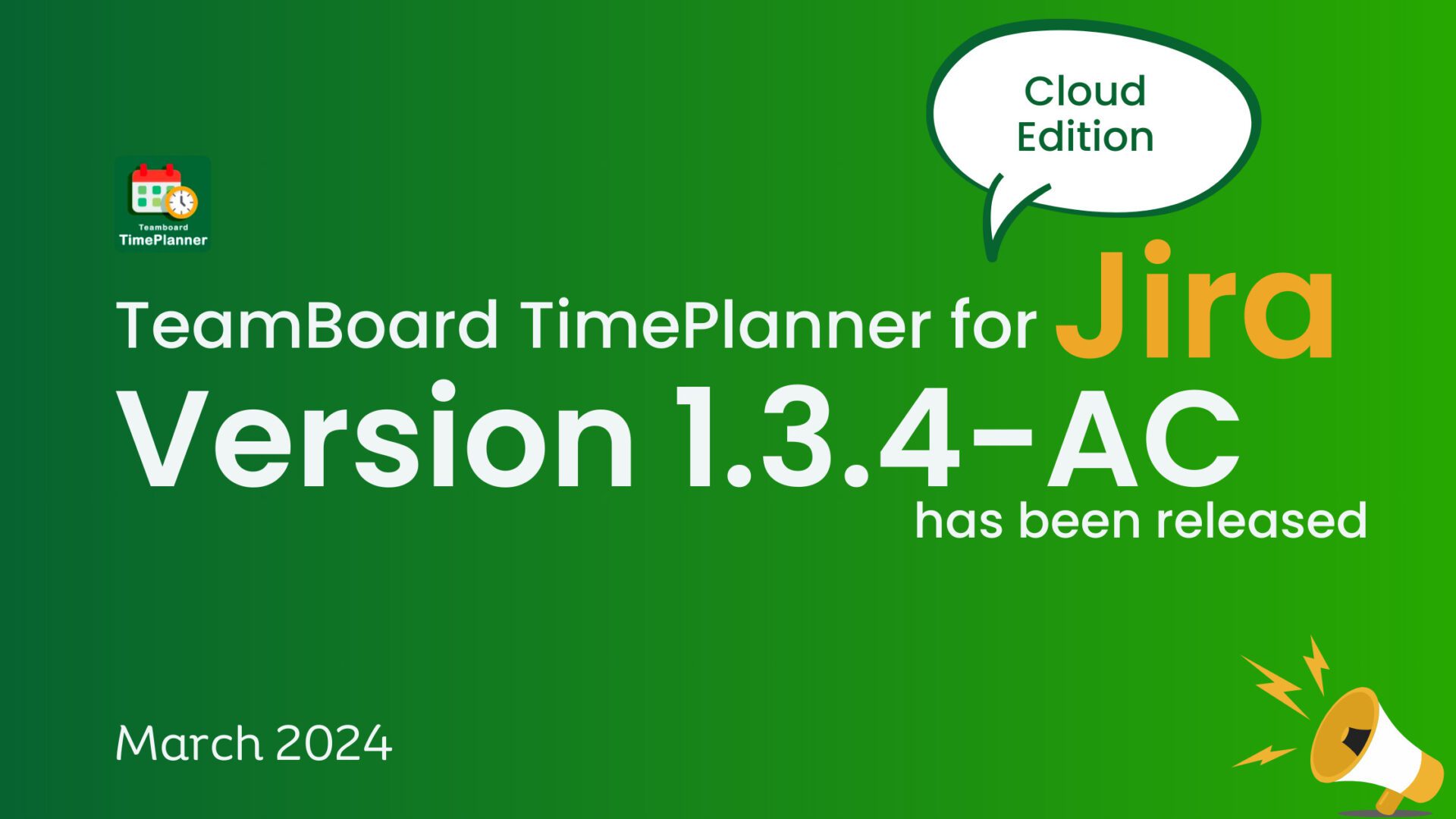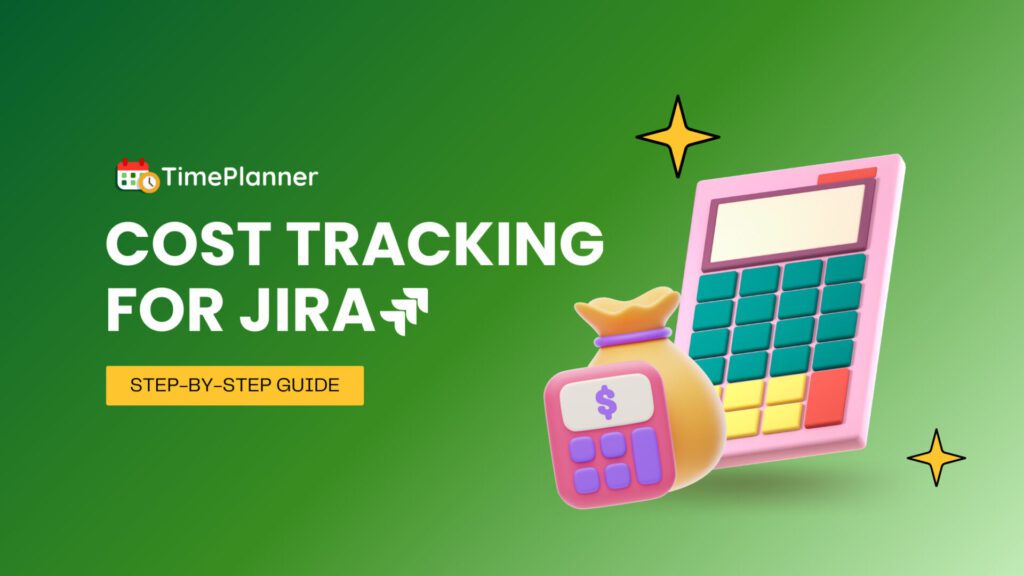Table of Contents
What is a Project Management Framework?
Does confusion surround your project team? Can’t seem to stay focused on critical tasks for long periods? Are you finding it difficult to schedule your project management? A wrong tool can do more than making a job inefficient.
A project management framework is essential for keeping projects on track and within scope. You’re probably familiar with the idea of project management frameworks. It’s a step-by-step list of procedures you follow to complete your projects.
In this article, we’ll discuss a project management framework. Also, a detailed guide about how to implement one on your next project.
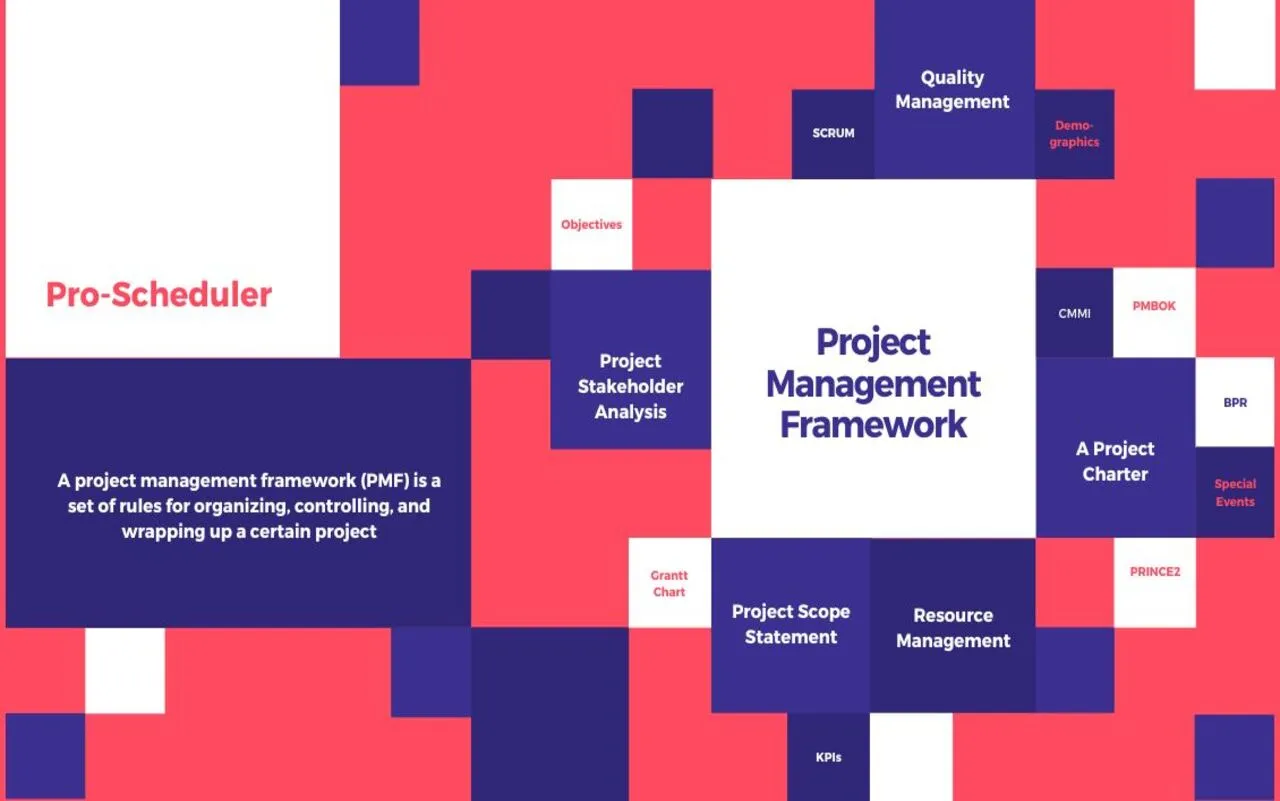
Project Management Framework Overview
“A project management framework (PMF) is a set of rules for organizing, controlling, and wrapping up a certain project. The major goal of this framework is to give the project’s stakeholders a set of rules and instructions. These rules focus on handling any project complexity in any particular circumstance.”
It’s a set of rules and practices. Also, every project team member, regardless of their level or position, must follow these rules.
The use of project management frameworks has increased. According to the Statista Research Department, almost 37% of respondents said they use project management practices in different departments.
Project management frameworks provide a mechanism for all aspects of the project — from defining its goal to planning its schedule and budget to managing risks and issues as they arise.
A project management framework aligns with your company’s business strategy to support the organization’s objectives. This makes it easier for you to gain buy-in from stakeholders across departments because they’ll understand how their work aligns with corporate goals.
It can vary greatly depending on the industry, type of organization, size, and other factors such as geography or culture.
Phases Involved in Project Management Frameworks
There are five key phases in a project management framework:
- Initiation – This is where the project begins. It defines requirements and sets the plan.
- Planning – This phase involves developing work breakdown structures and creating schedules. The schedule then determines how to allocate resources to complete the project on time and within budget.
- Execution – During this phase, team members carry out their assigned tasks as outlined in their role descriptions while collaborating with other team members as required. Communication between team members plays a crucial role during this phase, allowing them to coordinate their efforts effectively.
- Performance Control – As well as managing ongoing project performance throughout its lifecycle, this phase also includes monitoring progress reports submitted by team members against their work plans and conducting regular reviews to ensure that they’re meeting expectations and any challenges.
- Termination – This final phase involves closing down projects by documenting all outcomes and lessons learned from each project for future reference. Other teams plannings for similar projects can also use the same documentation.
Benefits of Using a Project Management Framework
When you compare project management frameworks to most other business or software processes, they’re pretty simple. They don’t require special skills or training and don’t cost much.
Project management frameworks help improve your project performance, which can greatly impact your organization’s bottom line.
Here are the benefits of using a project management framework:
- Improved planning – A structured approach to planning and tracking resources helps projects get off on the right foot. It also helps to stay on track and finish on time.
- Improved collaboration – Collaborative tools help everyone to understand their role, what’s expected of them, and how they fit into the bigger picture. Moreover, projects can progress smoothly from the beginning stage to the result thanks to integration project management.
- Increased accountability – Everyone knows their responsibilities and when and what was important for the project’s overall success. This makes it easier to hold people accountable for their actions (or lack thereof).
- Improved communication – From one person to another, from one team member to another, or from a manager to a client or customer, clear lines of communication are essential for success.
Common Components of Integrated Project Development Framework
A project management framework should consist of the following components:
A Project Charter
This document outlines the scope, objectives, and resources involved in the project. Once created, it’s an official contract between a customer, vendor, contractor, or team member. It also outlines how much time has been allocated for each task and who is responsible for completing them.
Project Scope Statement
This document describes what will be done during the project and includes information such as deliverables and milestones. You should update the PMF as changes occur or new information becomes available.
Project Stakeholder Analysis
This document identifies all the people who will be affected by or are interested in your project (i.e., stakeholders). It also describes their interests, needs, expectations, and concerns related to the project. This facilitates better communication to handle issues throughout the project life cycle.
Resource Management
Managing the people and other resources involved in completing a project. This includes defining roles and responsibilities for each person on the team. In addition, it covers assigning tasks to individuals or groups of people and managing time commitments from all team members.
Quality Management
Ensuring that your products or services meet customer expectations. You can measure quality standards by tracking from initial design through final delivery of overall operation.
Examples of Integrated Project Development Framework
Integrated Project development frameworks are a collection of rules and guidelines that help you with project management.
- The PMBOK is the Project Management Body of Knowledge Standard. The Project Management Institute created it. Many organizations around the world use PMBOK to teach project management skills.
- PRINCE2 is an agile PMF approach utilized for over 15 years on various fixed scope, time, and cost projects. Engineering and software development projects also use PRINCE2 PMF.
- Scrum is a framework for software development projects developed by Ken Schwaber and Jeff Sutherland. Scrum is mostly used in software development but can also be applied to other projects.
- BPR (Business Process Re-engineering) is a term coined for business transformation projects. It includes business process analysis, redesigning business processes, implementation, and evaluation of new techniques and technologies.
- CMMI (Capability Maturity Model Integration) is another quality improvement model. It involves process assessment, improvement, measurement, and control activities at various maturity levels over time.
Conclusion
The goal of any project management framework is to provide a consistent structure around which team members can organize and prioritize their work. This structure is the backbone of all project leadership; without it, a project will have difficulty trying to move forward. The key to effective project management is ensuring your framework aligns with your goals.
ProScheduler is one of the best tools to manage all the aspects of our projects efficiently. It handles tasks with many cooperating parties, calendars, resources, and events.


